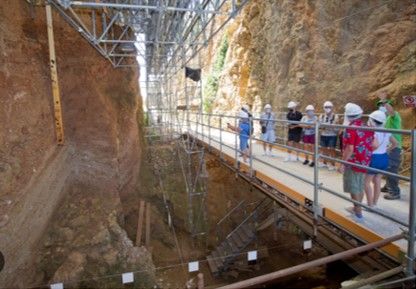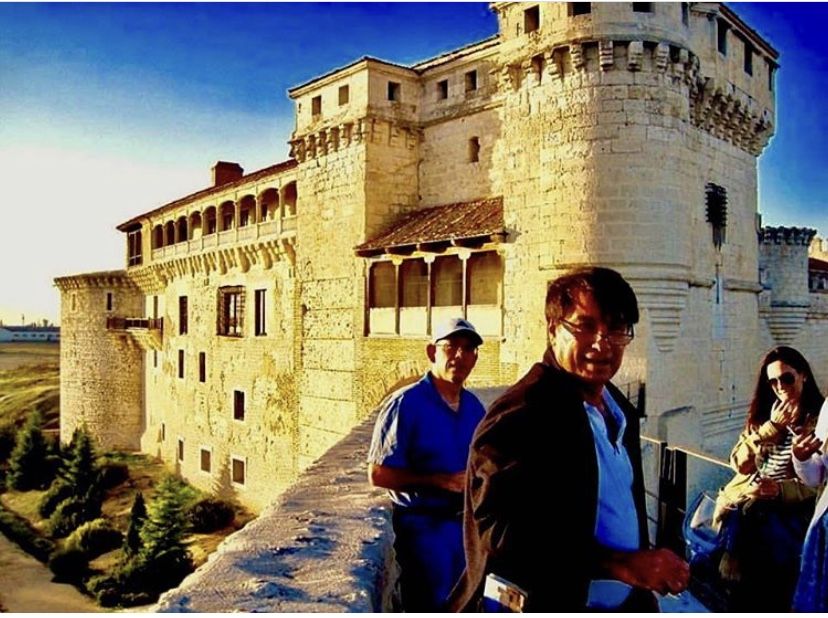Atapuerca, located in the province of Burgos in northern Spain, is a UNESCO World Heritage Site renowned for its archaeological significance. Here are some reasons why people visit Atapuerca:
- Archaeological Site: Atapuerca is home to one of the most important archaeological sites in Europe, featuring evidence of human evolution spanning nearly one million years. Excavations have revealed fossils and artifacts that provide insights into the lifestyles, behaviors, and physical characteristics of ancient human ancestors.
- Homo antecessor: Atapuerca is known for the discovery of Homo antecessor, an extinct human species believed to have lived approximately 800,000 years ago. These findings contribute to our understanding of human evolution and migration patterns in prehistoric times.
- Diverse Discoveries: The site has yielded a wealth of archaeological finds, including stone tools, animal bones, and fossils of various ancient human species, such as Homo heidelbergensis and Homo sapiens. These discoveries shed light on the technological advancements, diet, and social structures of early human societies.
- Museum and Interpretive Center: Visitors to Atapuerca can explore the Museum of Human Evolution in Burgos, which showcases replicas of archaeological finds from the site and provides interactive exhibits on human evolution. The Atapuerca Archaeological Site Interpretation Center offers guided tours and educational programs to enhance visitors’ understanding of the site’s significance.
- Natural Beauty: In addition to its archaeological importance, the Atapuerca region boasts scenic landscapes and outdoor recreational opportunities. Visitors can enjoy hiking, birdwatching, and exploring the picturesque countryside surrounding the archaeological site.
Overall, Atapuerca offers a unique opportunity for visitors to delve into the mysteries of human evolution and explore the rich history of our ancient ancestors in a beautiful natural setting.
Are you interested in booking a wine tour to Burgos from Madrid? Do it in here.



